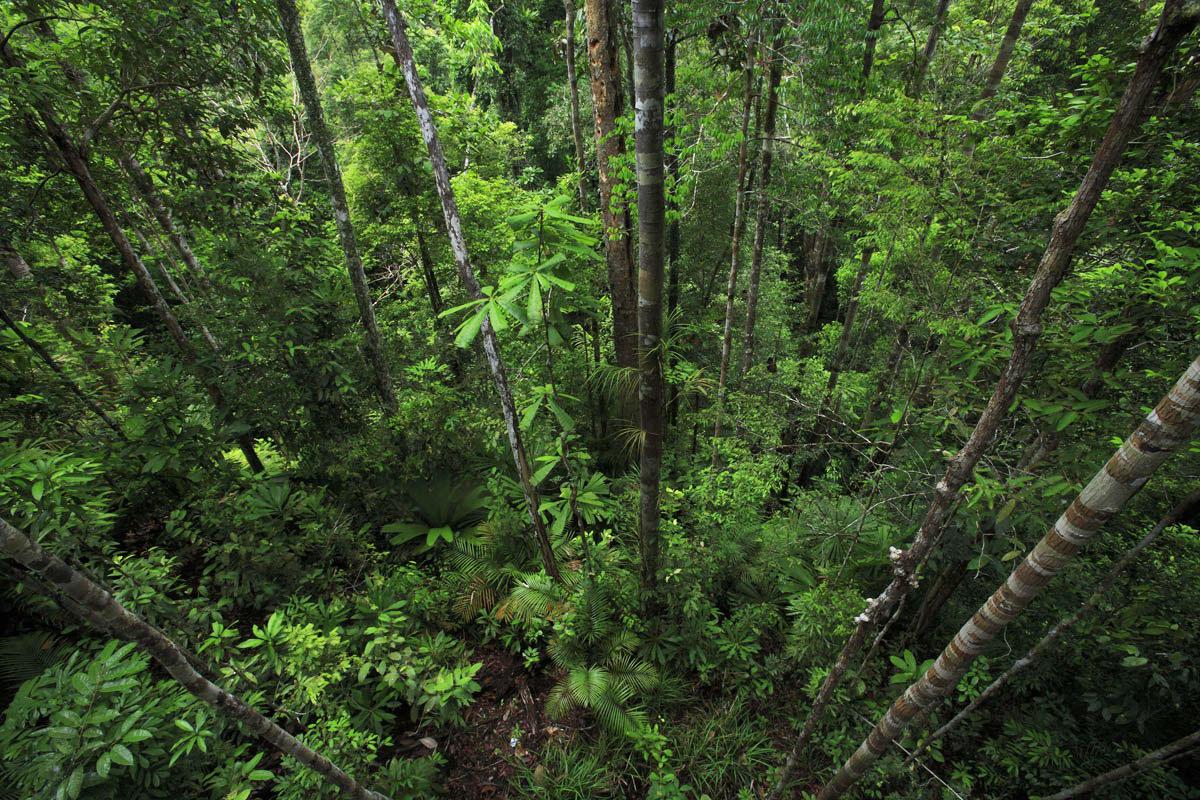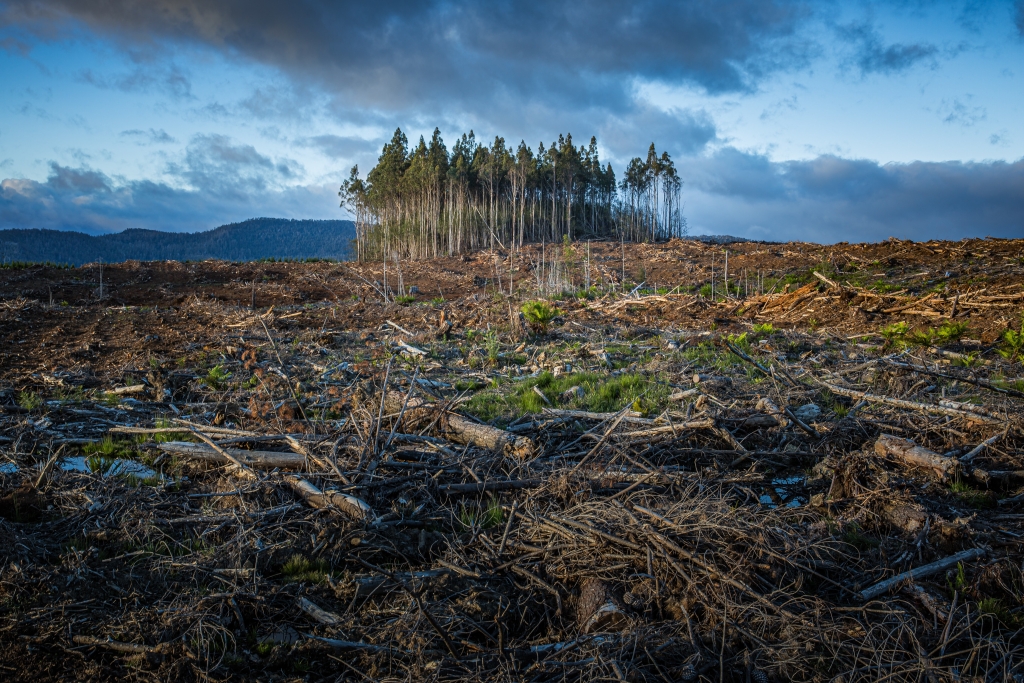
The UN, in the latest report by the Intergovernmental Panel on Climate Change, published in April 2022, stated that 2025 is the limit for average greenhouse gas emissions to begin to fall and a climate catastrophe to be avoided. The Brazilian government's commitment is to reduce and restore 12 million hectares by 2030, equivalent to almost three times the size of the state of Rio de Janeiro, so that the country is able to achieve its climate change mitigation target set out in the Agreement from Paris. Furthermore, at COP 26, which took place in November 2021, Brazil announced the commitment to reduce its emissions by 50% by 2030.
While Brazilian goals for 2030 appear robust, the country is facing increasingly more challenges in achieving them. Until , Brazil had not reached 1 million hectares restored and, even bringing it to the Amazon reality, deforestation in the Legal Amazon in 2022 was the largest in the last 15 years, according to the Institute of Man and the Environment of the Amazon (Imazon) .
Scientists from different nationalities already understand this scenario and warn about approaching “tippint point”, in which the Amazon environment will be irreversibly changed.
It is in this context that standing forest initiatives gain relevance. The scenario of forest loss caused by illegal deforestation increasingly present in recent years, added to the social inequality evident in the region, highlights the unsustainable development model of the Amazon and reinforces the cycle of poverty and environmental losses that affect the economy of the entire country .
In an interview with Rede Brasil Atual in 2019, in the context of an environmental return related to the large increase in deforestation in the Amazon Forest, scientist Carlos Nobre already stated that the solution to reducing this devastation would be the development of an economical Floresta em Pé, with sustainable exploitation of the forest’s natural riches.

Briefly, the term “Standing Forest” is referred to as the economic model that is established through initiatives that strengthen the bioeconomy of a forest area, focusing on the environmental conservation of flora. In other words, it refers to activities that stimulate the economy of populations present in forest regions that use the forest as a source of income and, simultaneously, maintain its existence over time. Recently, initiatives to keep the forest standing have been mentioned a lot in the Amazon scenario, given the complex situation the region finds itself in.
But how can we prove that standing forests have greater economic value than felled forests? For this, the construction of a plan that can expose the viability of maintaining the forest from an economic point of view is extremely important, and it is at this point that tools such as the Theory of Change reinforce their role.
Those responsible for the business, project or impact activity in the forestry region in question must come together and structure the actions, indicators and results they seek through these methodologies.
A Theory of Change It is nothing more than the connection between the activities planned in the project or business and the socio-environmental objective sought. The construction and completion of this thinking is very interesting because it is from this that we can define indicators for evaluating the impact produced, identify groups affected by the project and measure impact results. Furthermore, the tool has great value in complex situations such as the Amazon scenario, as it helps in focusing and prioritizing actions. Another very interesting initiative to organize and measure results from initiatives such as standing forests is the so-called Model C, which can be understood as the junction of the Business Model Canvas, strategic planning tool applied to the development of business models, and the Theory of Change.
Many organizations present in the Amazon territory already use these methodologies. In 2021, the Vale Fund, which promotes and invests in generating positive socio-environmental impact, released a Theory of Change to achieve its 2030 objectives that seek, among other goals, sustainable solutions in the Amazon territory.
Another example is the Theory of Change prepared by Idesam, an NGO with an impact on the Amazon, which used the tool to review its strategy after the Covid 19 pandemic challenges and chart a path with a relevant impact in the region from 2022 to 2026.
Other organizations, such as the Society, Population and Nature Institute (ISPN) and Idesam's Partners for the Amazon Platform (PPA), also use tools to organize their actions in the Amazon. In fact, in December 2021, AMAZ Aceleradora de Impacto, an evolution of the PPA Impact Acceleration and Investment Program, announced the use of Model C in business pre-acceleration and the value associated with the use of this merged methodology.
The creation of robust and financially sustainable business models is one of the biggest challenges of impact activities and that is why the use of tools such as the Theory of Change and Model C are extremely relevant for proving that use initiatives and forest preservation are economically, environmentally and socially viable. The Amazonian urgency demands greater dissemination and use of tools like this to show, in practice, that the standing forest is worth more than the felled one.

Share